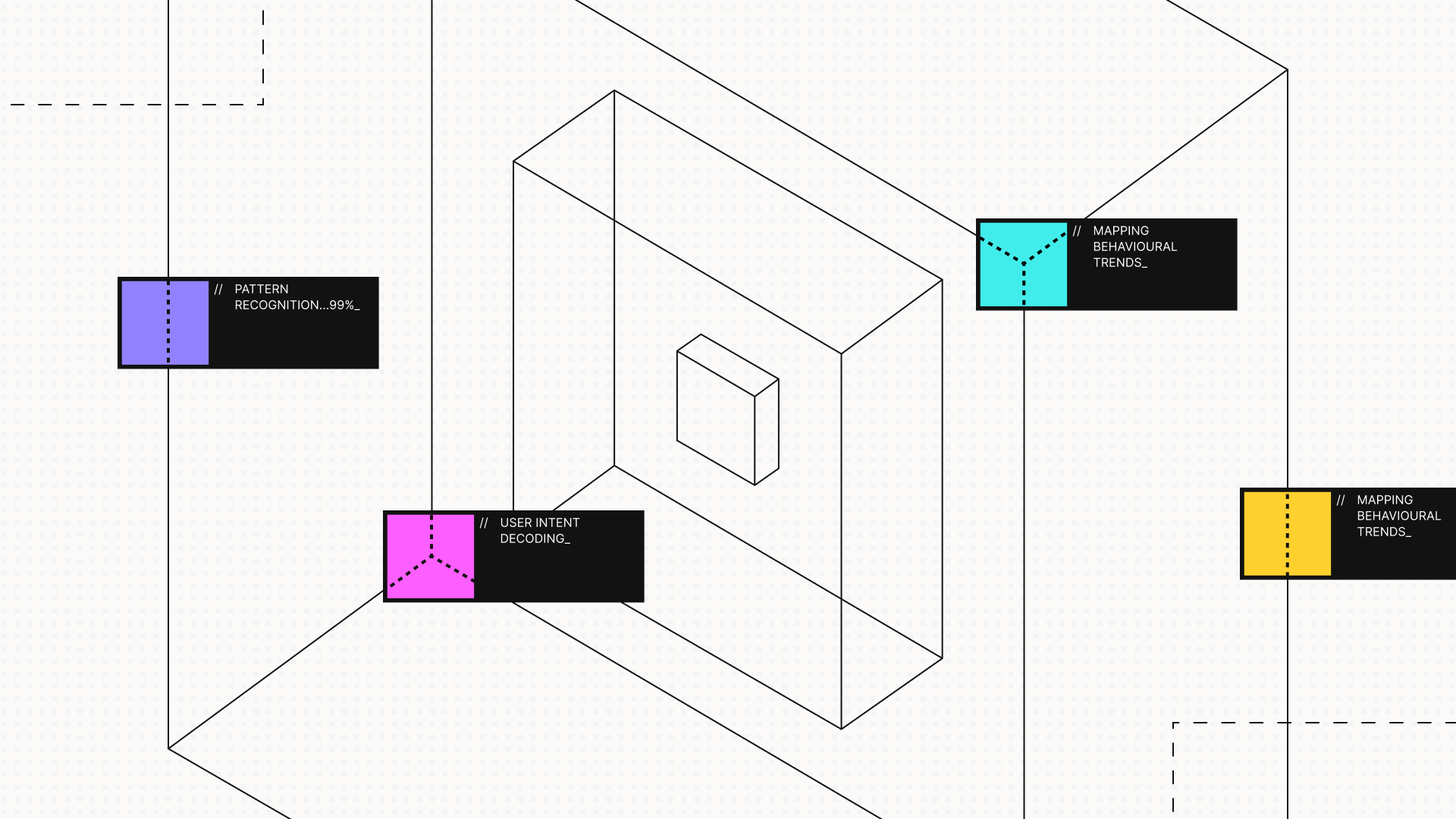From Test Automation to Agentic Workflows: The Evolution of Software Testing

The world of software testing is undergoing a profound transformation—shifting from traditional automation to sophisticated, AI-driven agentic workflows. What began as a revolution with tools like Selenium has rapidly evolved into a paradigm where intelligent agents equipped with memory, reasoning, and planning capabilities autonomously handle complex testing scenarios.
In this blog, we’ll explore this journey:
- From traditional automation
- To ChatGPT-style AI assistance
- To lightweight agents
- To complex agentic workflows with memory and autonomy
Traditional Test Automation: The Foundation
For over a decade, software testing was synonymous with test automation frameworks like Selenium, TestNG, JUnit, and Cypress. These tools allowed testers to write scripts that simulated user behavior, validated UI states, and checked API responses.
However, test automation had its limitations:
- Hard to maintain: UI changes often broke scripts.
- Linear and brittle: No flexibility or adaptability.
- Limited scope: Couldn’t interpret context or intent.
- Time-consuming: Authoring and debugging scripts was slow.
Despite these drawbacks, traditional test automation became the backbone of CI/CD pipelines, ensuring regression testing at scale.
The ChatGPT Wave: Conversational Testing Assistants
The release of ChatGPT and other LLMs (Large Language Models) introduced a new paradigm—natural language interaction with test systems.
Suddenly, testers could:
- Ask ChatGPT to generate test cases from requirements.
- Use it to create test data, validate edge cases, or suggest assertions.
- Speed up writing test automation scripts with code autocompletion and refactoring.
This phase marked a shift from tool-driven testing to AI-assisted workflows. But while LLMs were excellent co-pilots, they lacked autonomy. You still had to “tell” them what to do.
Lightweight AI Agents: Moving Beyond Chat
Next came lightweight AI agents—small programs or workflows driven by LLMs but with additional logic.
These agents could:
- Read an OpenAPI spec and generate test suites.
- Validate user journeys in e-commerce or fintech flows automatically.
- Perform exploratory testing, logging observations, and generating bug reports.
Examples include:
- An agent that tests login/signup across devices.
- One that checks SEO issues across multiple URLs.
- A bot that validates accessibility compliance based on WCAG.
These agents brought autonomy into the picture—but still in a constrained scope. They were intelligent, but not yet collaborative or adaptive across time.
Agentic Workflows: Memory, Reasoning, and Collaboration
We now stand at the dawn of agentic workflows—multi-agent systems where each agent has a role, memory, and autonomy.
A typical agentic test system may include:
- Planner Agent: Determines test goals based on context (e.g., API change or UI diff).
- Tester Agent: Generates and runs the test suite.
- Debugger Agent: Triages failures and suggests fixes.
- Reporter Agent: Summarizes outcomes and communicates to stakeholders.
Key capabilities include:
🔁 Memory
Agents remember past executions, decisions, and test history. They can avoid redundant checks, build long-term insights, and learn over time.
🤝 Collaboration
Multiple agents work in tandem—one may simulate load while another analyzes logs, another compares screenshots, and another validates real-time metrics.
🧠 Reasoning
Agents plan, adapt, and revise strategies. For example, if a test fails on a staging server, they can automatically run it against production or create an isolated repro case.
Benefits of Agentic Testing
| Traditional | AI-Assisted | Agentic Workflows |
|---|---|---|
| Manual trigger | NLP prompts | Fully autonomous |
| Stateless | Context-aware | Long-term memory |
| One tool/script | One assistant | Multi-agent system |
| Linear flow | Smart suggestions | Dynamic, non-linear decisions |
Impact:
- Faster GTM: Testing becomes parallel and continuous.
- Better Coverage: Agents explore combinations humans miss.
- Adaptive Testing: Systems learn and evolve with the product.
- Reduced Headcount for Scale: One tester can supervise many agents.
What’s Next: Autonomy & Integration in SDLC
Agentic testing is just the beginning. The future includes:
- Agents integrated into IDEs and dashboards.
- Real-time feedback loops with developers.
- Visual interfaces to compose and monitor test agents.
- Custom agent marketplaces for shared workflows.
We’re also seeing advances in agent memory management, including:
- Vector store lookups for test history.
- Retrieval-augmented generation for test context.
- Persistent skill acquisition via fine-tuning or feedback loops.
Conclusion: The Testing Role is Transforming
The tester’s job is no longer just about scripting and execution—it’s about curating agent behaviors, setting objectives, evaluating emergent outcomes, and driving product reliability at scale.
From automation to agents to agentic workflows, we’re seeing a fundamental change in how testing fits into the software lifecycle. And we’re just getting started.
Want to explore or build your own agentic workflows for testing?
Check out platforms like ratl.ai where testing meets AI-native automation.